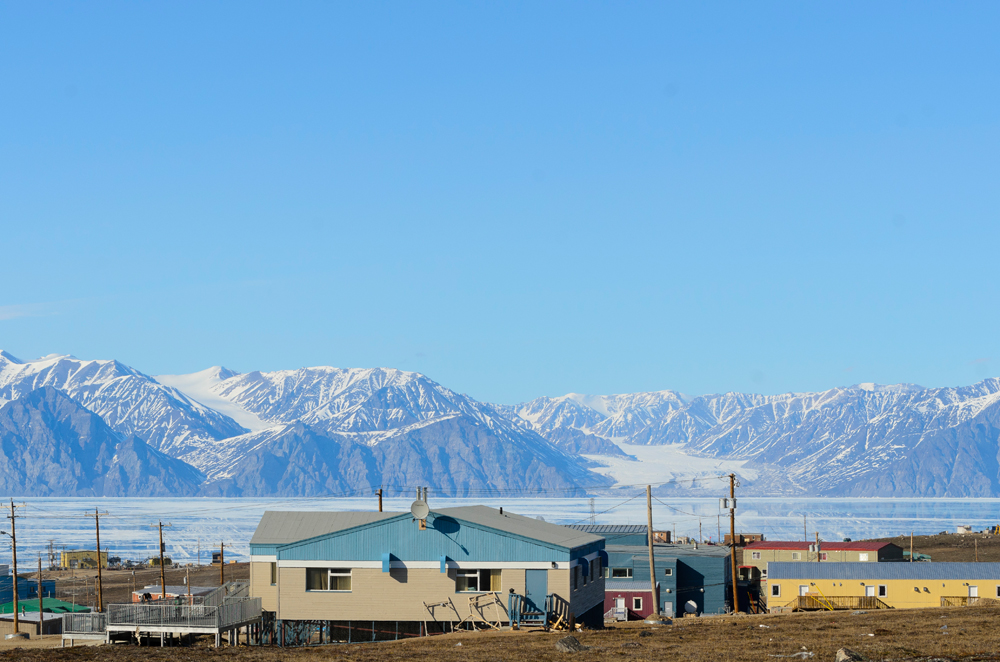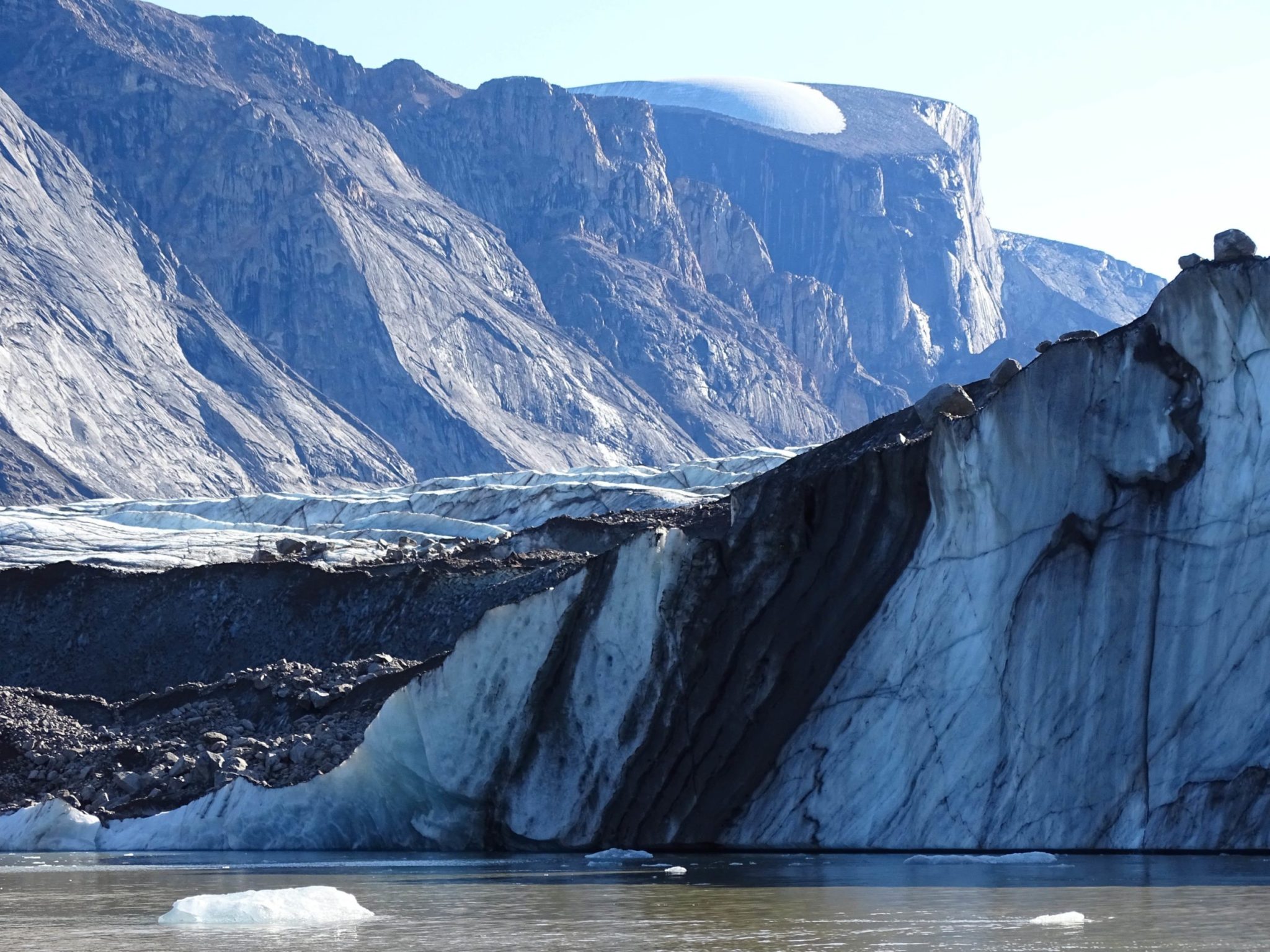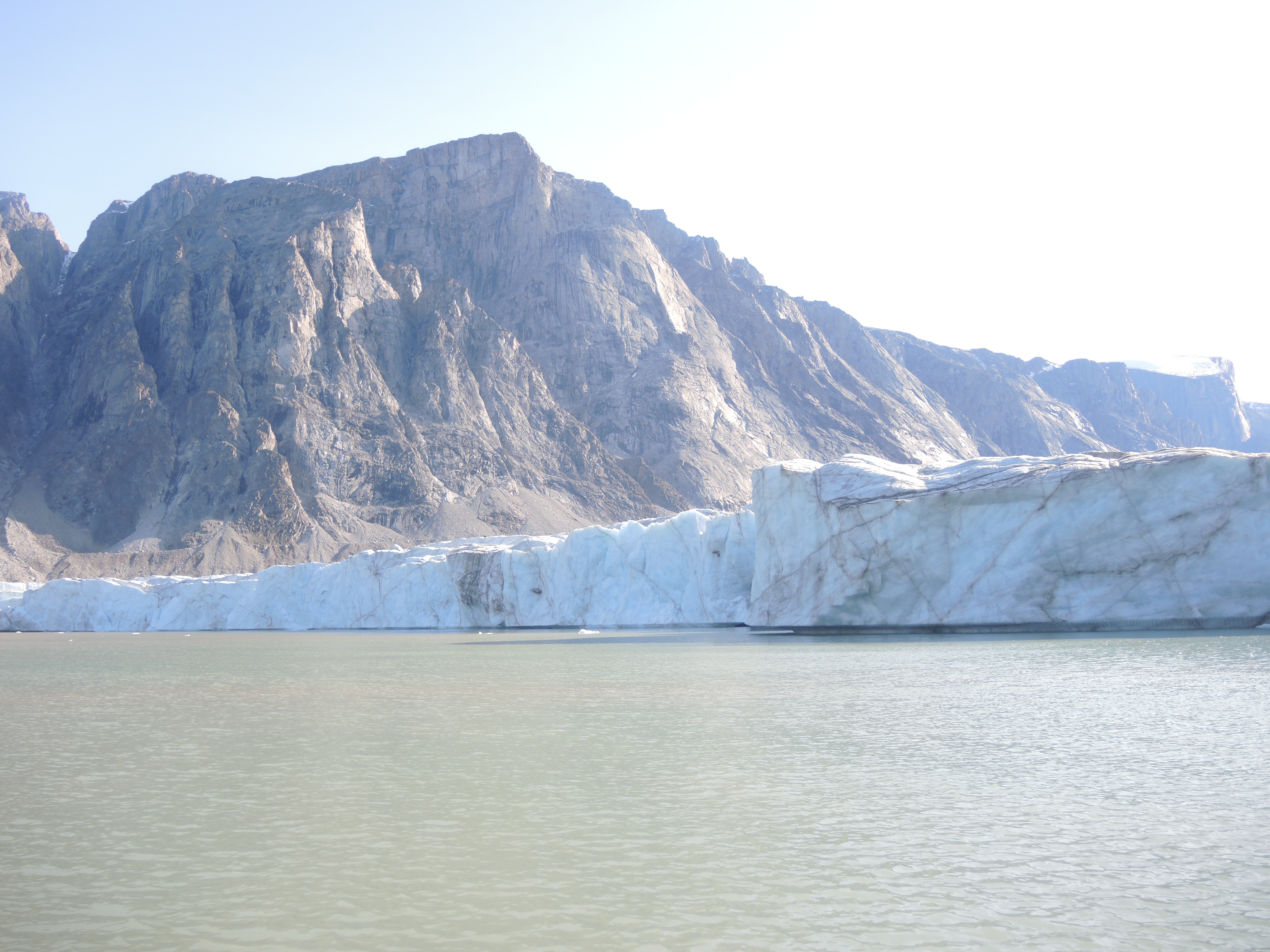Few things match the beauty and majesty of seeing a glacier. There is a scale that seems prehistoric and a sense of something ancient. It’s breathtaking!
But have you ever wondered how they are formed or what makes it a glacier and not just a patch of snow and ice? Did you know they make their own weather?!
If you are interested in glaciers and Arctic landscapes, explore some glacier facts with us!
How Does A Glacier Form?
Simply put…
In places where snow is able to accumulate over a number of years, it becomes this incredibly densely packed ice. That pack ice becomes so concentrated that it gains an enormous mass.
That glacier becomes so heavy that gravity pushes the ice down towards the warmer valleys to become lakes, rivers, or icebergs.
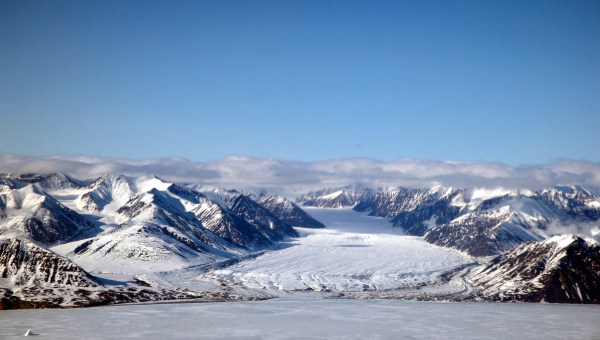
That is why we find glaciers high in mountain ranges or towards Earth’s poles in places that allow snowfall to pile up over years and even hundreds of years.
That means when you see a glacial river or iceberg, that’s snow that fell centuries ago!
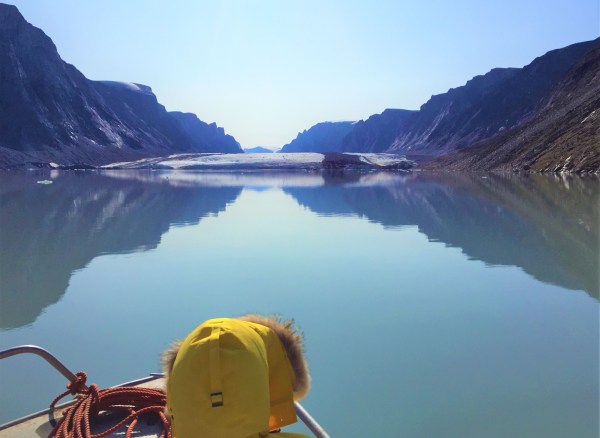
Ice Cap Vs. Glacier
Ice Caps are ice masses that cover an enormous area, including a collection of glaciers. And an Ice Sheet is even bigger than an Ice Cap.
As ice is forced down from the Ice Cap’s high point, it will feed a number of glaciers that will push and grind their way through mountain valleys from its own weight.

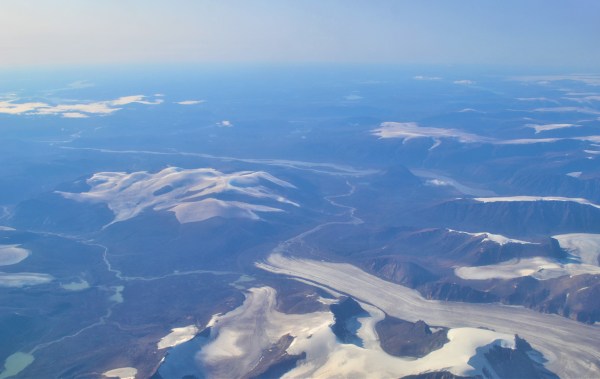
It happens slowly, but the landscape gets moulded into smooth cliff faces or deep fiords. Many of the prehistoric glaciers from past Ice Ages have left reminders of their sheer strength and size. Gouging out and then filling the Great Lakes and Hudson Bay as the Laurentide Ice Sheet retreated to the peaks of Baffin Island.
Today, the last remnant of the Laurentide Ice Sheet is found near the community of Clyde River. Barnes Ice Cap is Canada’s oldest ice!
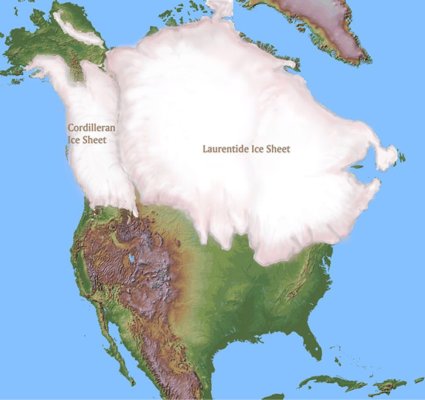

Glaciers Make Their Own Weather
Have you ever felt the cool breeze radiating from a glacier or seen that gust work its way down the valley? It’s called the “Katabatic Winds”.
As wind and weather meet the cold air of the glacier it becomes chilled itself. Since colder air is denser than warm air it floats down the valley. This creates the cold Katabatic Wind you feel near a glacier.
This wind is felt strongest during the autumn when the climate is still warmer in the valleys but getting colder above. So, plan your adventures accordingly and make sure you have a good coat!
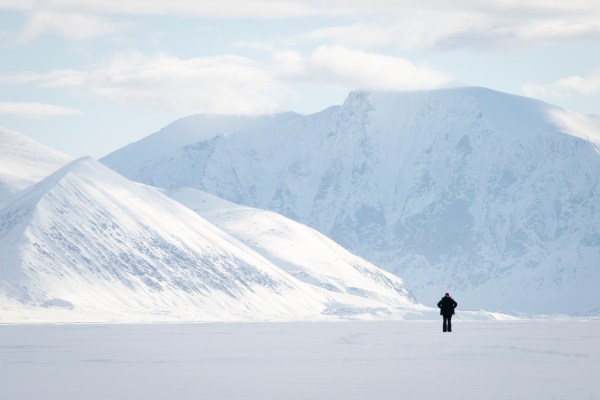
How Can You Experience Glaciers
If you’re interested in seeing a glacier in person, then contact one of our Arctic Travel Advisors for more details.
Get the chance to see Coronation Glacier on our Spring Polar Bears & Icebergs Safari in the early spring.
Our Narwhal & Polar Bears, A Floe Edge Safari brings you past glaciers and offers panoramic views.
Travel to Coronation Glacier on our Polar Bears & Glaciers by boat in the comfort of summer weather.
Interested in building a private journey with all the highlights and bucket list activities the Arctic has to offer? Explore our Private Journeys.

By: Mat Whitelaw


